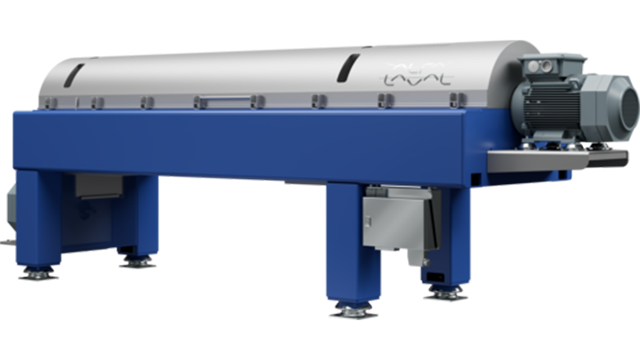Global drinks giant blazes a trail on sustainable water use with optimized wastewater treatment technology
Water-saving initiatives by a major beverage producer in the Philippines have enabled the company to exceed its goal of replenishing the amount of water it uses to make its products.
DATE 2024-03-21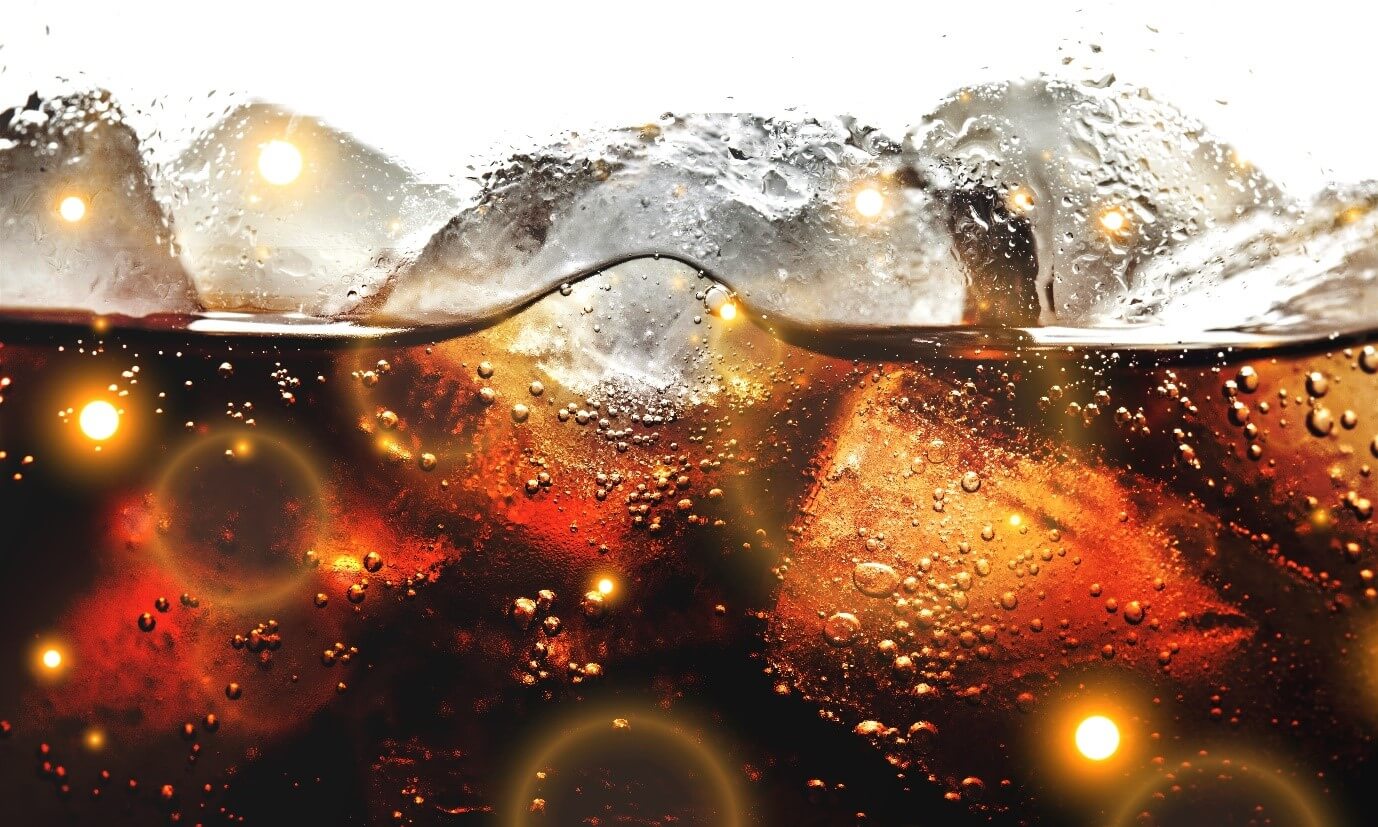
The company estimates that a 132 percent water replenishment rate per bottle produced is currently being achieved at its manufacturing and bottling plants across the Philippines through water management schemes, operational efficiencies, and community water projects.
A key driver in achieving this success is the company’s water strategy, which closely aligns with local government policy on water use in the Philippines with its strong focus on sustainable resource management and recycling.
The company’s water management systems are best-in-class and just one facet of an entire infrastructure that also includes the integration of energy efficiency and sustainable packaging into the company’s operations. From water stewardship and responsible energy use to ensuring that the company’s bottles are returnable and 100 percent recyclable, the company is committed to securing that its service to local communities is anchored on sustainability.
Treatment of the waste water produced in the beverage manufacturing and bottling process is a central focus for the drinks producer, alongside a 31 percent decrease in absolute water consumption and an improvement in its water-use ratio – the amount of water used per litre of soft drink produced.
And to improve wastewater treatment at two of its manufacturing plants in the Philippines, last year, the company installed two new decanters from Alfa Laval as part of an upgrade project: an Aldec 45 is now in operation on one site, and commissioning was completed in August 2022 on an Aldec 10 at a second plant.
Additional operational adjustments on the advice of Alfa Laval experts focused on optimizing and improving performance and included the insertion of polymer, which was hitherto absent from the wastewater treatment process at the two plants.
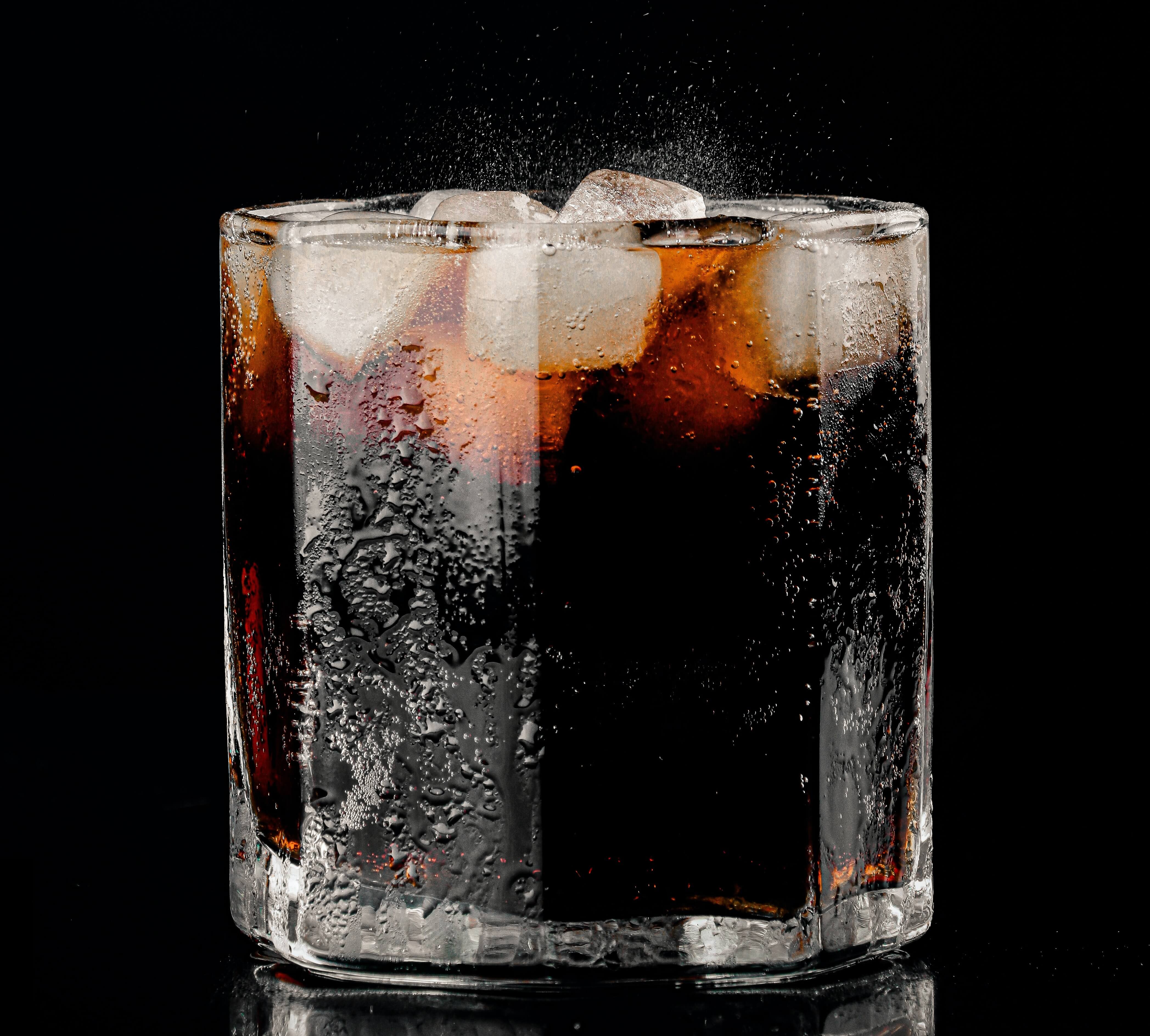
“The original decanters operating at these sites were between 15 and 20 years old, and the customer was seeking to upgrade to improve their operation’s overall performance and efficiency. These new Aldec models are around 35-40 percent more efficient with respect to energy and cake dryness,” explains Jayson Galleta, Sales Manager for Alfa Laval in the Philippines. “Sustainability and resource management are important drivers for them, and with our decanter technology, the water quality is at such a high level that it can be used in the wider municipality for irrigation, or it can be safely returned to the environment.”
Specific parameters on cake dryness are also a requirement in the Philippines for the safe and legal disposal of solid waste, and Jayson confirms that the customer is very satisfied with the 0.3 percent cake dryness delivered by Alfa Laval’s decanter technology.
Feedback has been positive overall, says Jayson, who continues: “They are extremely happy with how the decanters are running and with the clearness of the water and the dryness of the cake that is produced, which really brings home what a difference the decanters are making. They have also confirmed that the technology will improve efficiency and save money overall.”
Water stewardship has long been a business imperative for this customer, but the company aims to do more to increase water use efficiency in the production of its beverages and to help communities address local water resource challenges such as the availability of clean water. The company’s wastewater treatment facilities now enable it to process used water to a quality viable for reuse or return to the ecosystem in line with its sustainability ambitions.
Water savings
Reduced cleaning chemical consumption
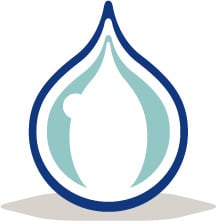
31 percent reduction in the use of water. The quality of the cleansed water allows for the reuse of the water for irrigation or release into nature without further treatment.
Economii de energie
35-40 percent more energy efficient than the previous solution
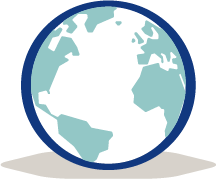
The rapidly growing cities in the Philippines struggle to provide new inhabitants with clean water and sanitation. While 99 percent of the one-fifth of the wealthiest people have access to clean water and sanitation, only 80 percent of the poorest quintile enjoy the same luxury. Contaminated water is linked to the transmission of diseases such as cholera, dysentery, hepatitis A, typhoid - or just simple diarrhoea, which kills around 361,000 children under the age of 5 years worldwide every year. (UNICEF, 2017)

